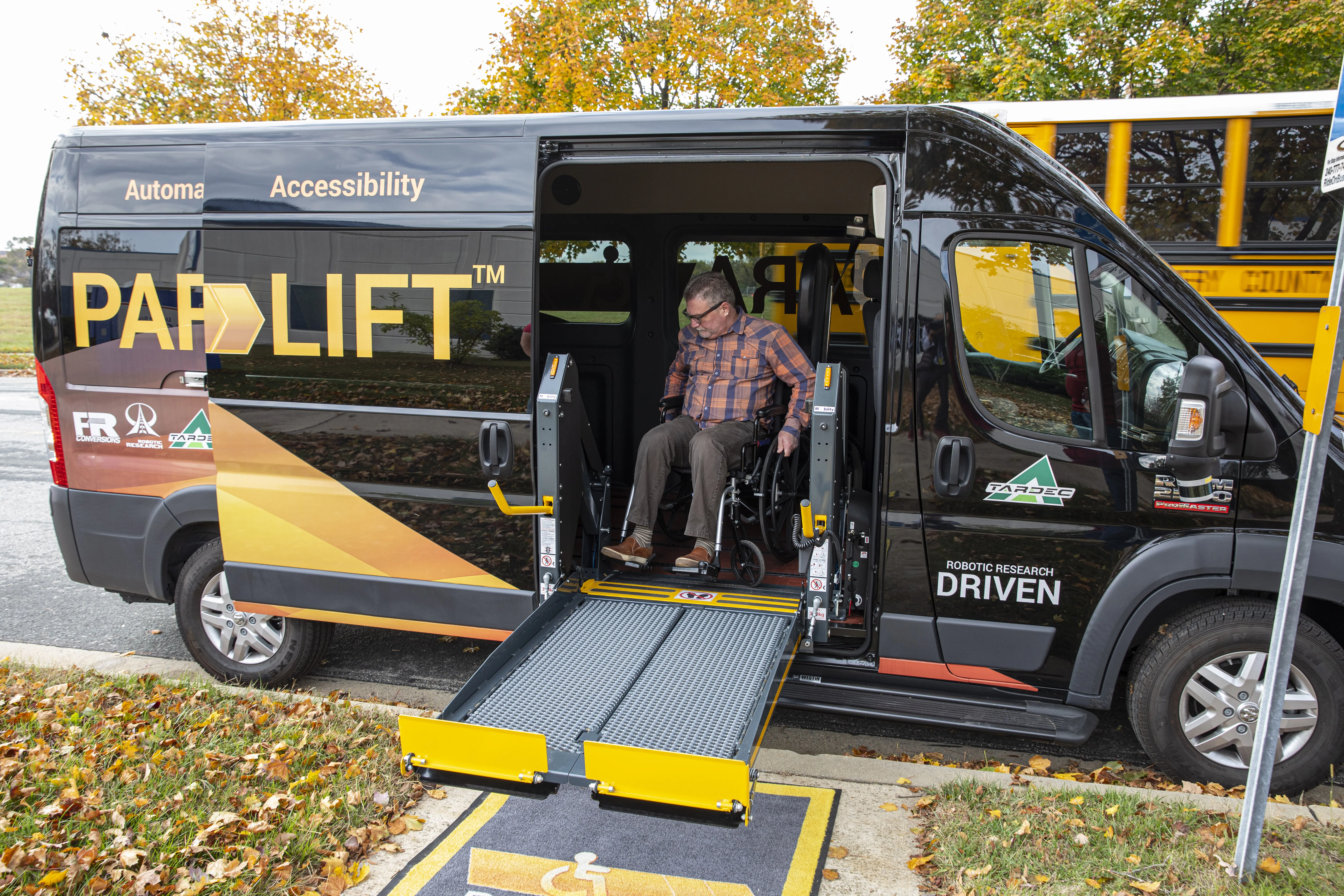US engineering services firm Parsons has been selected by the Los Angeles County Metropolitan Transportation Authority (Metro) to modernise the Regional Integration of Intelligent Transportation System (RIITS) to provide near real-time transportation data exchange between more than 125 traffic, transit, emergency services and other agencies to improve transportation in Southern California.
Parsons will provide RIITS with operational integration functionality through technologies that will deliver big da
October 27, 2016
Read time: 2 mins
US engineering services firm 4089 Parsons has been selected by the Los Angeles County Metropolitan Transportation Authority (Metro) to modernise the Regional Integration of Intelligent Transportation System (RIITS) to provide near real-time transportation data exchange between more than 125 traffic, transit, emergency services and other agencies to improve transportation in Southern California.
Parsons will provide RIITS with operational integration functionality through technologies that will deliver big data analytics and reporting capabilities.
LA Metro administers RIITS on behalf of member agencies for the Southern California region. Caltrans, the City of Los Angeles Department of Transportation, the California Highway Patrol, Long Beach Transit, Foothill Transit, the County of Los Angeles Public Works Department Information Exchange Network, Metro and others exchange information through RIITS. This exchange provides transportation operations with a consolidated, data-rich and near real-time source of information for transportation in Southern California via an interface that allows for coordinated transportation management throughout the region. RIITS also exchanges near real-time transportation data with numerous traveller information services.
Parsons will provide RIITS with operational integration functionality through technologies that will deliver big data analytics and reporting capabilities.
LA Metro administers RIITS on behalf of member agencies for the Southern California region. Caltrans, the City of Los Angeles Department of Transportation, the California Highway Patrol, Long Beach Transit, Foothill Transit, the County of Los Angeles Public Works Department Information Exchange Network, Metro and others exchange information through RIITS. This exchange provides transportation operations with a consolidated, data-rich and near real-time source of information for transportation in Southern California via an interface that allows for coordinated transportation management throughout the region. RIITS also exchanges near real-time transportation data with numerous traveller information services.










